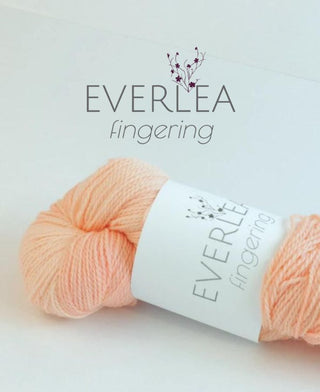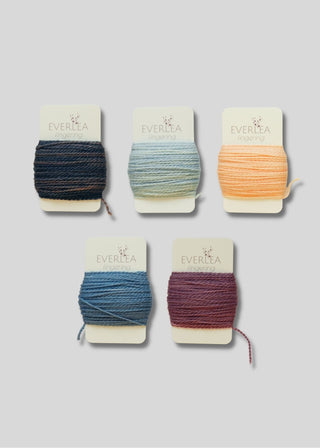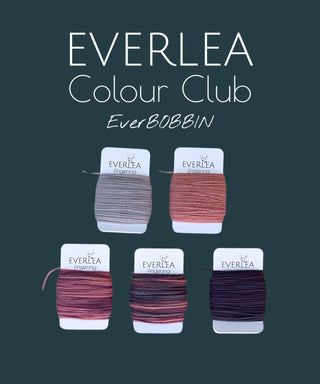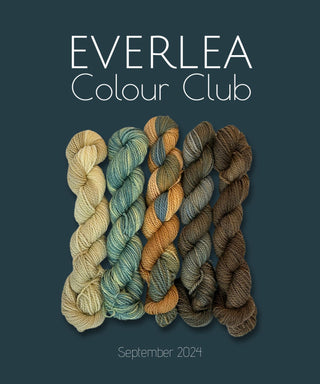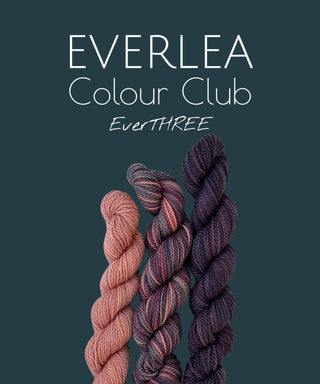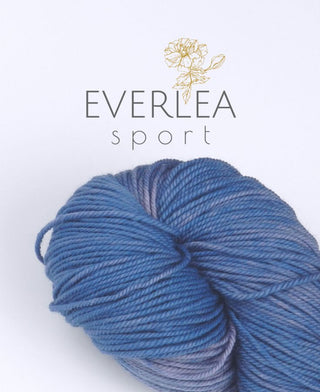À propos de la teinture naturelle
Les procédés de teinture naturelle que j'utilise sont les premiers que j'ai découverts à l'université en 2008. J'étudie l'art de la teinture naturelle depuis lors. C'est un travail d'amour, et cela en vaut la peine.
Ma gamme de fils de laine mérinos de poids fingering, sport et peigné commence par du mérinos 100 % biologique provenant de Nouvelle-Zélande, filé en Ontario puis teint avec des colorants végétaux ici en Colombie-Britannique par moi, Janna Maria.
Chez Everlea Yarn, j'utilise uniquement des colorants dont les propriétés de résistance à la décoloration sont prouvées. Les deux procédés de teinture que j'utilise sont 1) la teinture naturelle mordante et 2) la teinture en cuve indigo. La teinture en cuve indigo me permet d'obtenir mes bleus ainsi que certains verts, violets, bruns et noirs en combinaison avec d'autres colorants en utilisant des méthodes de teinture mordante. La teinture mordante me permet d'obtenir toutes les autres couleurs décrites ci-dessous.

Teinture au mordant
Les mordants sont des sels minéraux et des sels métalliques qui traitent la fibre avant (et parfois après) l'introduction du colorant et sont nécessaires pour permettre une liaison inaltérable entre la fibre et le colorant.
Décomposition de la teinture à mordant Everlea
Chez Everlea, mon processus de teinture naturelle dure 4 semaines, car je sèche le fil à la fois pendant l'étape du mordant et pendant l'étape de la teinture avant qu'il ne subisse son rinçage final. Mes recherches ont montré que ces processus chronophages sont nécessaires pour vous offrir les résultats les plus résistants.
Mon processus de teinture au mordant de quatre semaines :
- La matière végétale est extraite au cours d’un processus d’extraction humide de 24 heures.
- Mes fibres sont mordancées au cours d'un processus de 3 jours, incluant le processus de séchage de 2 jours.
- La teinture du fil mordancé est un processus qui se déroule sur 24 heures.
- Le fil teint durcit ensuite pendant trois semaines avant de subir un dernier rinçage.
- Certains fils subissent un processus de teinture supplémentaire dans lequel le processus de teinture indigo est appliqué avant le mordançage ou sur le fil teint au mordant.
- Le fil est enfin échevelé et étiqueté.

Teinture à l'indigo
La teinture à l'indigo est un processus apparemment magique par lequel les pigments des feuilles de la plante indigo sont extraits et liés à la fibre par le biais de plusieurs processus de longue haleine.
Décomposition de la teinture indigo Everlea
Je reçois mon indigo déjà extrait et sous forme de poudre, puis je crée une cuve de teinture qui nécessite l'absence d'oxygène, un pH particulier (selon le type de fibre que je teins) et un environnement chaud. Une fois que la cuve d'indigo est satisfaite, les fibres peuvent être immergées. Lorsque les fibres sont retirées, elles sortent de la cuve d'une couleur jaune-vert, et lorsqu'elles sont exposées à l'oxygène de l'air, elles deviennent bleues sous mes yeux.
Je laisse mes fils teints à l'indigo se dégazer pendant au moins une semaine avant de les mettre en vente, car ils peuvent sinon avoir une forte odeur. L'odeur de dégazage finira par disparaître complètement, donc si votre fil a une odeur, ne vous inquiétez pas, elle ne le restera pas longtemps.



